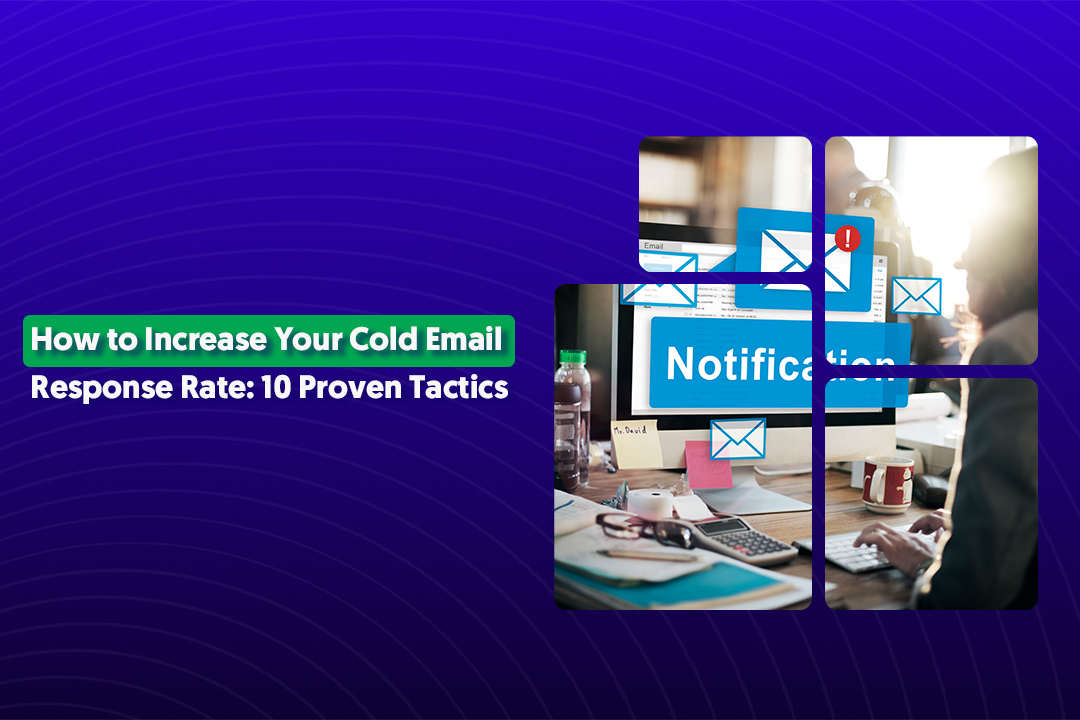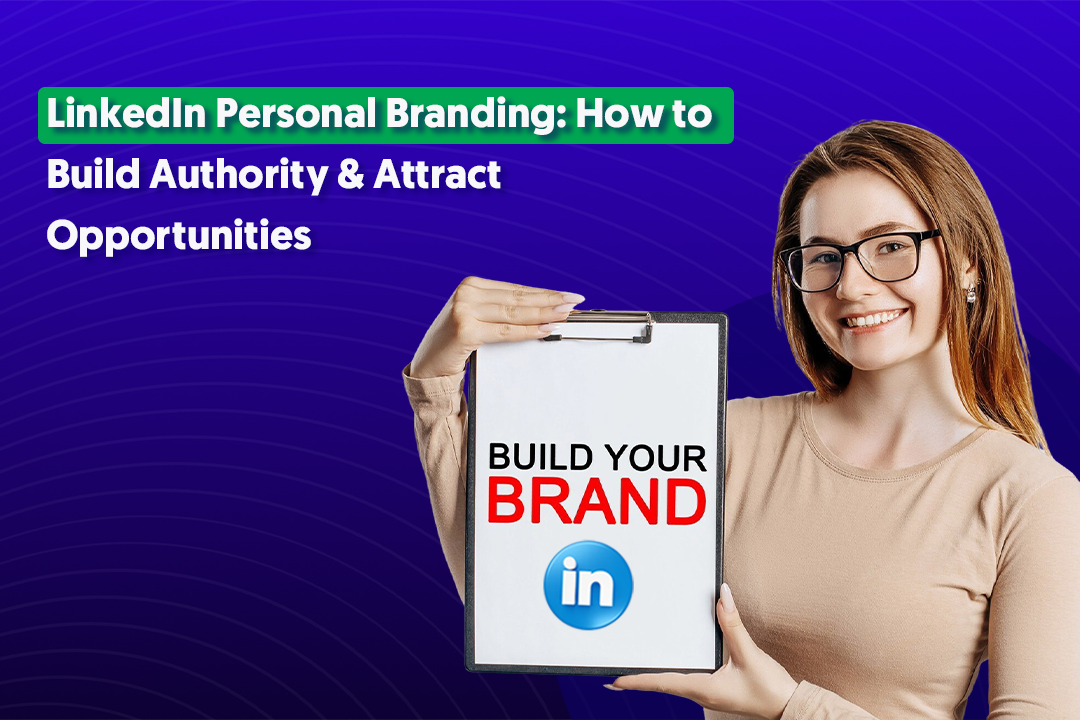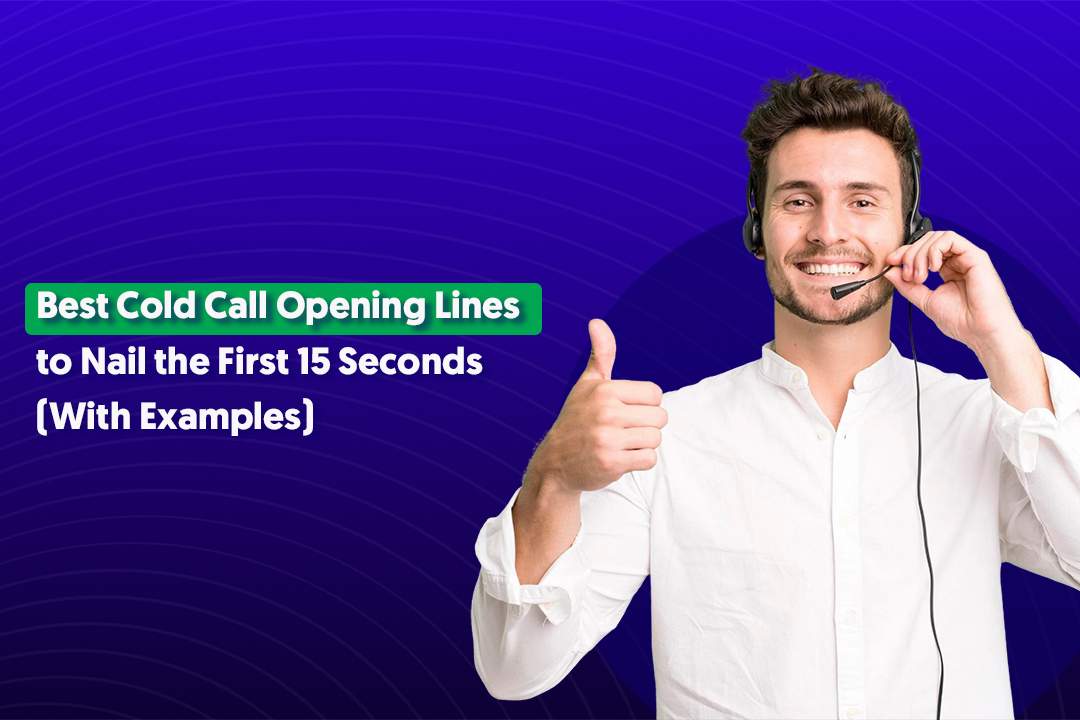Table of Content
Key Takeaways
- Lead nurturing bridges the gap between initial contact and sales-readiness, keeping prospects engaged until they're ready to buy.
- Segment your leads by industry, role, and behavior—generic messaging kills conversion rates.
- Use multi-channel nurture (email, LinkedIn, retargeting) to stay top-of-mind without being annoying.
- Behavioral triggers outperform time-based sequences—respond to what prospects actually do.
- Align marketing and sales on lead scoring and handoff criteria to avoid wasting qualified opportunities.
- Test continuously and optimize based on data—top performers evolve their nurture programs monthly
You've spent months building your pipeline. The leads are flowing in. But here's the problem—most of them aren't ready to buy yet.
Lead nurturing is what separates companies that consistently close deals from those watching prospects go cold.
It's the systematic process of building relationships with potential buyers at every stage of their journey, keeping your solution top-of-mind until they're ready to make a decision.
We've seen it firsthand at Cleverly - companies that nail their lead nurturing strategy convert 50% more leads than those who don't.
The difference? They don't just collect contacts and hope for the best. They build trust, provide value, and stay present without being pushy.
In this guide, we're breaking down exactly how B2B lead nurturing works, what strategies actually move the needle, and how to build a system that turns cold prospects into qualified meetings.
What is Lead Nurturing?
B2B lead nurturing is the process of staying engaged with prospects who aren't ready to buy right now, and consistently providing value until they are.
In B2B, 95% of your leads aren't ready to purchase when they first interact with your company. They're researching, comparing options, or dealing with internal priorities.
Lead nurturing keeps you in the conversation during that entire window.
The difference between lead generation and lead nurturing:
Lead generation gets people into your pipeline—whether that's through LinkedIn outreach, cold email, or cold calling.
B2B lead nurturing ensures those leads don't disappear into the void. One fills your funnel, the other converts it.
The B2B lead gen funnel looks like this:
- Awareness – They realize they have a problem worth solving.
- Interest – They're exploring potential solutions (including yours).
- Consideration – They're comparing you against competitors and internal options.
- Decision – They're ready to commit and move forward.
- Retention – Post-sale nurturing turns customers into long-term partners.
Most companies focus all their energy on awareness and decision. The real competitive advantage? Owning the interest and consideration stages where deals are won or lost.
Why Lead Nurturing Matters in B2B
A solid lead nurturing strategy isn't optional anymore—it's what separates high-performing sales teams from those constantly chasing net-new leads.
Here's why it matters: Companies with mature lead nurturing programs generate 50% more sales-ready leads at 33% lower cost.
That's not marginal improvement—that's a completely different business model.
The benefits are measurable:
- Higher conversion rates – Nurtured leads convert 47% more than non-nurtured ones.
- Shorter sales cycles – Buyers who receive consistent value move faster through decision stages.
- Bigger deal sizes – Educated prospects understand your full value and buy more comprehensively.
- Stronger trust – You're not just a vendor; you're a resource they've relied on for weeks or months.
The cost of neglect is real. Most B2B leads take 6-12 months to convert. Without a lead nurturing strategy, 79% of marketing leads never become customers.
They don't say no, they just fade away because no one stayed in touch.
For agencies and outbound teams, this hits differently. If you're running LinkedIn campaigns, cold email sequences, or cold calling programs, you're paying to acquire every single lead.
When those leads go cold because there's no follow-up system, you're literally burning money on wasted acquisition costs.
We've worked with over 10,000 clients at Cleverly, and the pattern is clear: the companies generating consistent pipeline aren't just booking meetings—they're nurturing B2B leads that aren't ready yet and staying top-of-mind until they are.

Key Elements of a High-Performing Lead Nurturing Program
Building a lead nurturing strategy that actually converts requires more than just sending weekly emails.
Here are the lead nurturing best practices that separate top performers from everyone else.
Segmentation & Personalization
Generic outreach dies in the inbox. Lead nurturing best practices start with segmentation—breaking your leads into groups based on industry, company size, role, and behavior.
Personalization means tailoring your message to what matters to them. A CFO at a 500-person company has different priorities than a marketing director at a 20-person startup.
Your nurture content should reflect that.
Segment by:
- Firmographics (industry, company size, revenue)
- Behavioral signals (what content they've engaged with)
- Intent data (are they actively researching solutions?)
- Stage in the buyer journey

Multi-Channel Engagement
Your prospects aren't sitting in one place waiting for your email. A strong lead nurturing approach meets them where they are.
Effective channels include:
- Email sequences – Still the backbone of most nurture programs.
- LinkedIn engagement – Comments, DMs, and connection requests keep you visible.
- Retargeting ads – Stay in front of website visitors who aren't ready yet.
- Educational content – Webinars, guides, and case studies that provide real value.
We've seen this work at scale—our LinkedIn outreach campaigns have generated $312 million in pipeline precisely because we don't rely on a single touchpoint.
Behavior-Based Triggers & Workflows
The best B2B lead nurturing systems respond to what prospects actually do, not arbitrary timelines.
Automate based on actions like:
- Visiting your pricing page (high intent signal)
- Downloading a case study (consideration stage)
- Opening emails but not clicking (engaged but needs different content)
- Going dark for 30+ days (re-engagement sequence)
This is where AI lead nurturing shines—modern platforms can analyze engagement patterns and trigger the right follow-up automatically.

Content Mapping to Buyer Journey
Different stages need different content. Sending a demo request to someone who just learned about you is like proposing on a first date.
Match your content to where they are:
- Awareness stage – Educational blog posts, industry reports, thought leadership
- Consideration stage – Comparison guides, case studies, ROI calculators
- Decision stage – Product demos, free trials, customer testimonials
Lead Scoring and Handoff Criteria
Not every engaged lead is sales-ready. Lead nurturing best practices include clear criteria for when marketing hands off to sales.
Score leads based on:
- Engagement level (email opens, content downloads, website visits)
- Fit (do they match your ICP?)
- Intent signals (pricing page visits, competitor research, timeline questions)
A common threshold: 70+ points triggers a sales handoff. Below that, they stay in nurture.
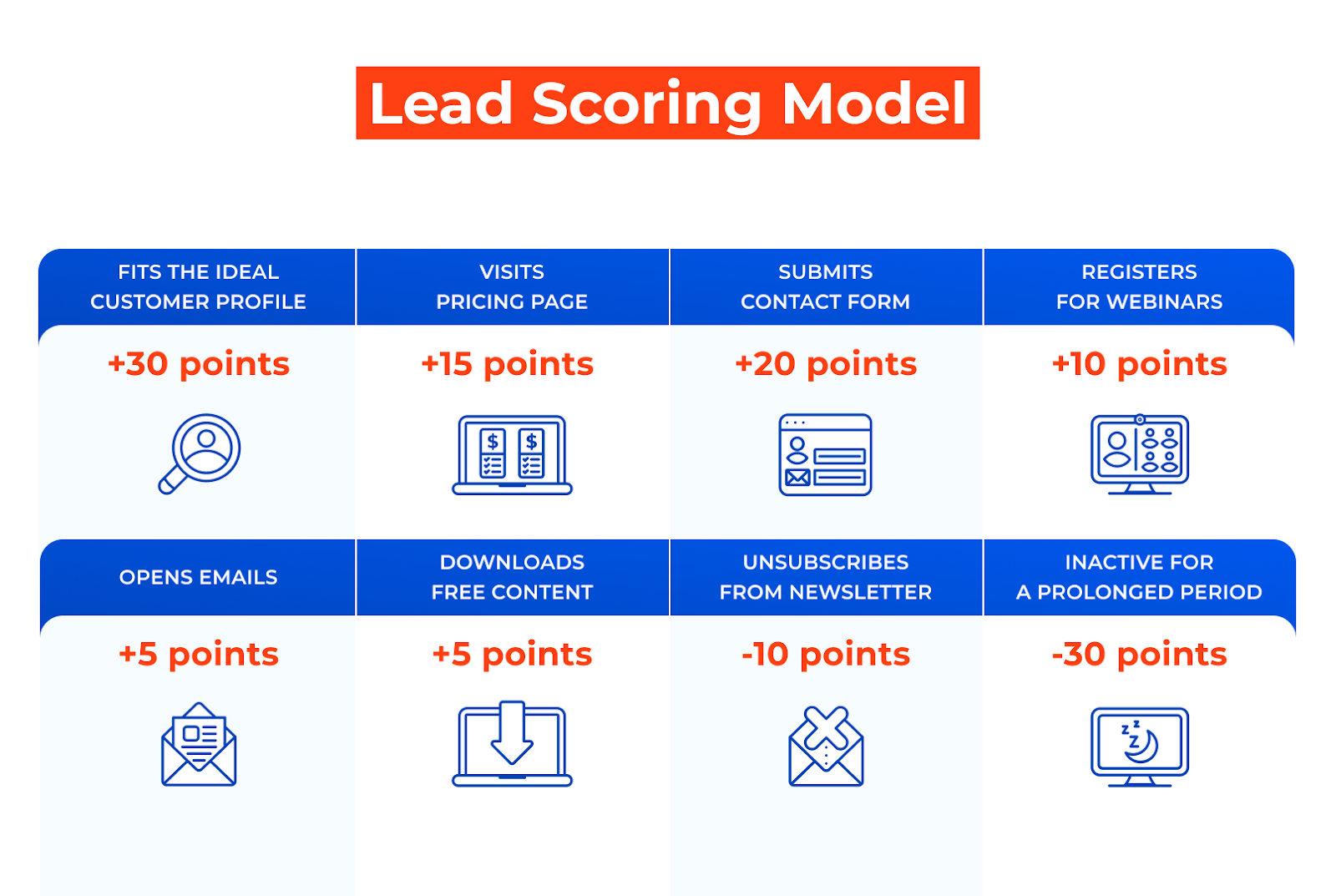
Continuous Optimization & Testing
Your first lead nurturing strategy won't be your best. High-performing programs evolve based on data.
Test and refine:
- Subject lines and send times
- Content formats (video vs. written, long-form vs. short)
- Call-to-action placement and messaging
- Sequence length and frequency
Track what's working—open rates, click-throughs, and most importantly, conversion to qualified meetings. Then double down on what moves the needle.
7 Proven Lead Nurturing Strategies for B2B
Below are seven actionable B2B lead nurturing strategies tailored for B2B teams and agencies—detailing how to implement them and get results.
1. Welcome & Educational Drip Sequences
When a lead first enters your system, you have a small window to set the tone. A welcome sequence introduces who you are, what you do, and what value you'll provide.
How to implement:
- Email 1: Welcome and set expectations (what they'll receive, how often)
- Email 2-3: Educational content relevant to their pain points
- Email 4: Soft CTA (book a call, download a resource, join a webinar)
This B2B lead nurturing strategy builds trust before asking for anything. You're establishing yourself as a helpful resource, not just another vendor.

2. Behavioral Triggered Follow-Ups
Generic sequences don't work anymore. The best B2B lead nurturing strategies respond to what prospects actually do.
Examples of behavioral triggers:
- Downloaded a case study → Send a related customer testimonial
- Visited pricing page → Follow up with ROI calculator or demo offer
- Opened 3+ emails but didn't click → Send a direct question: "What's holding you back?"
- Engaged with competitor content → Share a comparison guide
Intent-based follow-ups convert 3x better than time-based ones because they're relevant to what the prospect is actively thinking about.
3. Multi-Channel Nurture (LinkedIn + Email + Retargeting)
Your prospects aren't living in their inbox. A coordinated lead nurturing strategy meets them across multiple touchpoints.
Here's how channels work together:
- LinkedIn post educating on a pain point.
- Email follow-up with a deeper resource on the same topic.
- Retargeting ad reinforcing the message to those who engaged.
At Cleverly, we've generated $312 million in pipeline by combining LinkedIn outreach with strategic email sequences.
The multi-channel approach keeps you top-of-mind without being annoying—you're adding value in different contexts.
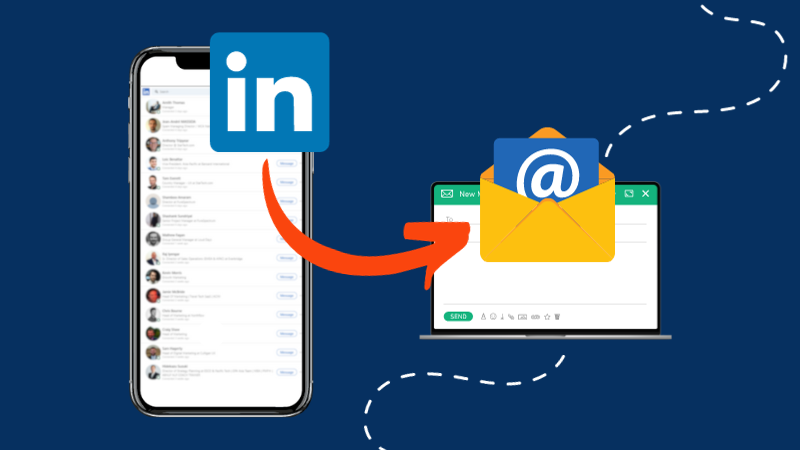
4. Value-Based Offerings (Webinars, Workshops, Audits)
Mid-funnel leads need more than blog posts. High-value content deepens engagement and moves prospects closer to a decision.
Examples that work:
- Live webinars addressing specific industry challenges.
- Free audits or assessments (LinkedIn profile reviews, email deliverability checks).
- Exclusive workshops for qualified leads.
- Interactive tools (ROI calculators, benchmarking reports).
These B2B lead nurturing strategies position you as an expert while giving prospects a low-risk way to experience your value before committing to a sales conversation.
Read More: Best AI Lead Qualification Tools for Faster B2B Conversions
5. Re-Engagement & Win-Back Nurtures
Not every lead converts immediately. Some go dark for weeks or months. You need to re-engage leads to bring them back into the conversation.
Effective re-engagement tactics:
- "Still planning to solve [pain point]?" with fresh insights.
- Share new case studies or data relevant to their industry.
- Offer a completely different format (video instead of written content).
- Simple check-in: "Where are you at with [their goal]?"
The key is providing new value, not just reminding them you exist. If they've gone cold, something in your original approach didn't resonate—try a different angle.
More Ideas: 15+ Lead Magnet Ideas That Attract High-Quality Leads (Not Just Sign-Ups)
6. AI-Powered Personalization & Automation
AI lead nurturing lets you personalize at scale without manually customizing every message.
How AI improves nurture programs:
- Dynamic content blocks that change based on industry, role, or behavior.
- Predictive lead scoring to identify who's most likely to convert.
- Send-time optimization based on individual engagement patterns.
- Automated A/B testing to continuously improve performance.
The goal isn't to replace the human touch—it's to make personalization scalable. AI handles the data analysis and automation while you focus on strategy and high-value conversations.
Dive Deeper Into: Smart Ways to Use AI for B2B Lead Generation
7. Sales-Aligned Nurture & Handoff System
The breakdown between marketing and sales kills more deals than any other factor. Your lead nurturing strategy needs clear handoff criteria and continued nurture even after sales gets involved.
Build alignment by:
- Defining lead scoring thresholds (when does marketing hand off to sales?).
- Creating a feedback loop (sales reports which leads were actually qualified).
- Continuing light nurture even after handoff (not every lead is ready immediately).
- Post-sale nurturing to drive retention and upsells.
That's B2B lead nurturing extended into the outbound process—ensuring only meeting-ready prospects get on your calendar.
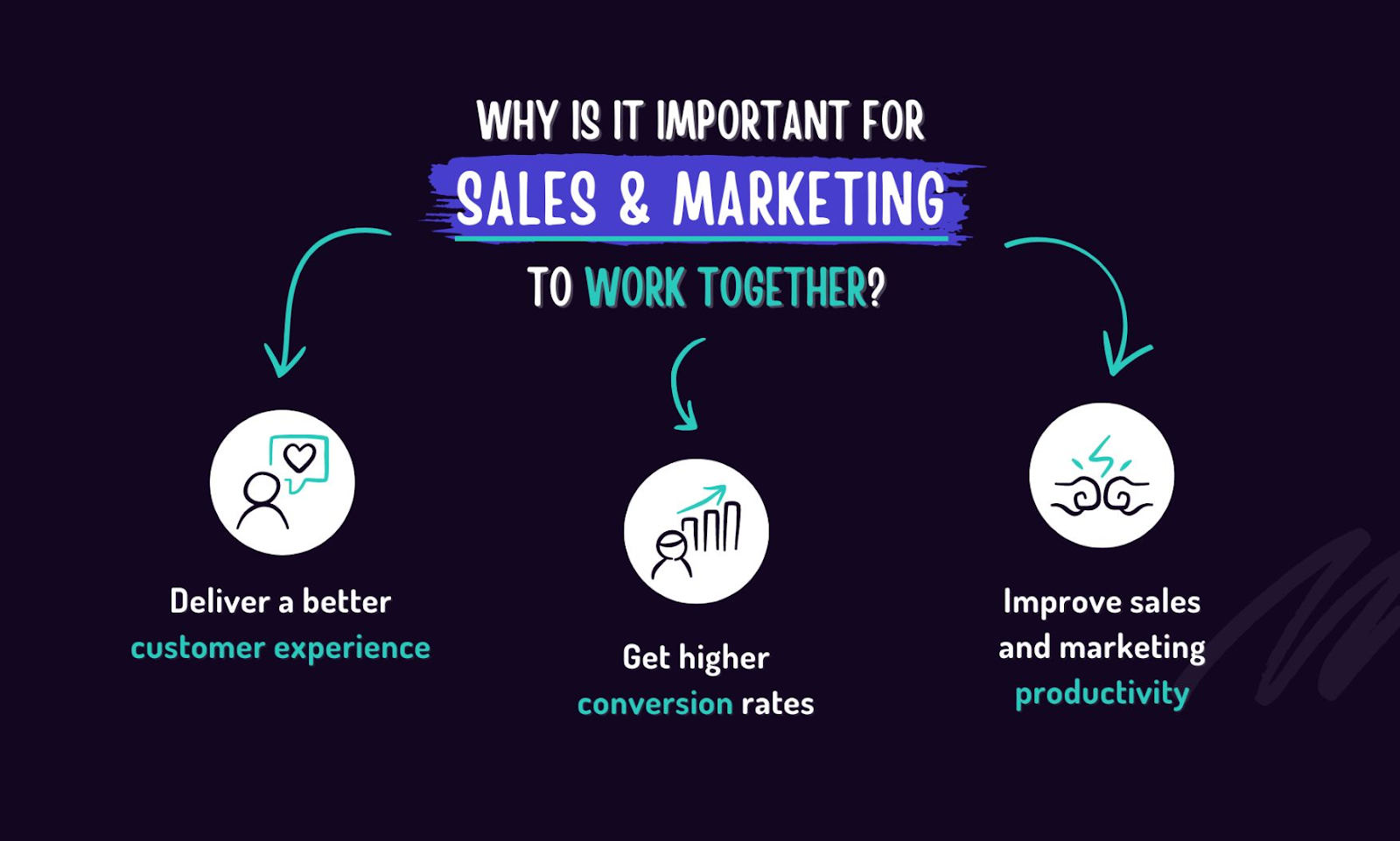
Metrics & KPIs to Monitor Lead Nurturing Success
You can't improve what you don't measure. When you nurture B2B leads, tracking the right metrics tells you what's working and where you're losing prospects.
Engagement Metrics
These show whether your content is resonating and keeping leads active.
Track these consistently:
- Open rate – Are your subject lines compelling? (Benchmark: 20-25% for B2B nurture emails).
- Click-through rate – Is your content relevant? (Benchmark: 2-5% for nurture campaigns).
- Reply rate – Are you starting conversations? (Benchmark: 1-3% for cold outreach, higher for warm nurture).
- Engagement time – How long are they spending with your content? (Longer = higher intent).
Low engagement early in your nurture sequence means your initial value proposition isn't landing.
If engagement drops later, you're either over-communicating or your content isn't evolving with their journey.
More to Know: How to Increase Your Cold Email Response Rate (10 Proven Tactics)
Conversion Metrics
Engagement is good, but conversions pay the bills. These metrics show how effectively you nurture B2B leads into sales opportunities.
Focus on:
- Lead-to-MQL conversion rate – What percentage of raw leads become marketing-qualified? (Benchmark: 10-15%)
- MQL-to-SQL conversion rate – How many marketing-qualified leads turn into sales-qualified opportunities? (Benchmark: 20-30%)
- Cost per qualified lead – What's your investment to get a sales-ready prospect? (Varies widely by industry and channel)
If your lead-to-MQL rate is low, your segmentation or lead quality might be off. If MQL-to-SQL drops, there's a disconnect between marketing's definition of "qualified" and what sales actually needs.

Revenue Impact Metrics
The ultimate test of any lead nurturing strategy is whether it drives revenue growth.
Measure:
- Sales cycle length – Are nurtured leads closing faster than cold ones? (Nurtured leads typically close 23% faster)
- Average deal size – Do educated buyers purchase more comprehensively? (Well-nurtured leads often have 47% higher deal values)
- Customer retention rate – Are nurtured customers sticking around longer?
At Cleverly, we've helped clients generate $51.2 million in closed revenue by focusing on these metrics.
When you nurture B2B leads properly, you're not just closing more deals—you're closing better deals with higher lifetime value.
Closed-Loop Reporting & Sales Feedback
Here's where most companies fail: they track marketing metrics but never connect them back to actual revenue.
Build a feedback loop:
- Sales reports back on lead quality (were MQLs actually ready?)
- Marketing adjusts scoring and nurture criteria based on what converts
- Both teams review which nurture touchpoints influenced closed deals
- Regular alignment meetings to refine handoff criteria
Without this feedback, you're flying blind. Marketing thinks they're sending qualified leads; sales thinks they're getting garbage.
The truth is usually somewhere in the middle—and you only find it through honest, data-driven conversations.
Track first-touch attribution across the full journey. Which emails, LinkedIn touches, or content pieces actually moved deals forward?
Multi-touch attribution shows you the complete picture of how you nurture B2B leads from first contact to closed deal.
Explore: BEST Marketing Attribution Software in 2025 (We Use #1 Personally)
Common Mistakes in Lead Nurturing (And How to Avoid Them)
Even experienced teams make critical errors that tank their B2B lead nurturing results. Here are the biggest mistakes we see—and how to fix them.
❌ Generic One-Size-Fits-All Sequences
Sending the same nurture emails to a CFO at a Fortune 500 company and a founder at a 10-person startup is a waste of everyone's time.
The problem: Generic messaging doesn't resonate with anyone. Your leads can tell when they're getting templated content that wasn't built for them.
The fix: Segment your nurture tracks by industry, company size, role, and behavior. A VP of Sales needs different proof points than a marketing director. Your B2B lead nurturing should reflect those differences from the first email.
❌ Ignoring Disengagement or Not Pruning Leads
Continuing to email leads who haven't opened anything in 90 days hurts your deliverability and wastes resources.
The problem: You're damaging your sender reputation, which affects the leads who actually are engaged. Plus, you're spending time and money nurturing people who've already checked out.
The fix: Build disengagement triggers into your workflows. After 3-4 unopened emails, move them to a re-engagement sequence with a completely different approach. If that doesn't work, pause nurture and clean your list. Not every lead is a good fit—and that's okay.
❌ Over-Selling Too Early
Pushing for a demo in email two kills trust faster than anything else.
The problem: Your prospect just met you. They're not ready to commit 30 minutes to a sales call when they're still figuring out if they even have the problem you solve.
The fix: Match your asks to their stage. Early emails should educate and build trust. Save the hard CTAs for when engagement signals show they're actually in buying mode—pricing page visits, case study downloads, multiple email opens in a week.
❌ Poor Alignment Between Marketing & Sales
Marketing thinks they're sending qualified leads. Sales thinks they're getting tire-kickers. Both teams are frustrated and nothing gets better.
The problem: No clear definition of what "qualified" means, no feedback loop, and no shared accountability for pipeline.
The fix: Define lead scoring and handoff criteria together. Marketing and sales need to agree on what makes a lead sales-ready—and that definition should be based on data, not opinions. Create a weekly feedback session where sales reports on lead quality and marketing adjusts the lead nurturing strategy accordingly.
❌ Lack of Data & Analytics to Test and Optimize
Running the same nurture sequences for months without testing is leaving money on the table.
The problem: You have no idea what's actually working. You're guessing at subject lines, content formats, and send times instead of using data to improve.
The fix: Build A/B testing into your B2B lead nurturing from day one. Test one variable at a time—subject lines, CTAs, content length, personalization tactics. Track what moves the needle on engagement and conversions, then iterate. Top-performing nurture programs are continuously evolving based on real results.
❌ Not Using the Right Channel Mix or Ignoring AI Tools
Relying solely on email in 2025 means you're missing half your potential touchpoints.
The problem: Your prospects are on LinkedIn, they're seeing retargeting ads, they're consuming video content—but your nurture strategy only lives in their inbox. You're making it too easy for them to forget about you.
The fix: Build multi-channel nurture that coordinates email, LinkedIn engagement, and retargeting. Use AI lead nurturing tools to personalize at scale, optimize send times, and predict which leads are most likely to convert.
How Cleverly Amplifies Your Lead Nurturing for B2B Growth
Here's the reality: building an in-house lead nurturing system from scratch takes months, costs six figures, and still might not work.
At Cleverly, we've cracked the code on multi-channel B2B outreach that actually converts. We're not just a lead generation agency—we're your entire outbound engine.

We've helped 10,000+ clients generate leads with companies like Amazon, Google, Uber, PayPal, Slack, and Spotify.
…The result? $312 million in pipeline revenue and $51.2 million in closed revenue.
Here's What We Do Differently:
👉 LinkedIn Lead Generation – We don't just send connection requests. We build sophisticated nurture sequences that turn cold prospects into warm conversations, all while staying authentic and compliant.
👉 Cold Email Campaigns – Our email strategies combine personalization at scale with behavior-based triggers. We handle deliverability, copywriting, and follow-up so you get meeting-ready leads, not bounced emails.
👉 Our $5M Cold Calling System – We place a no-accent appointment setter, train them in 2 weeks, write breakthrough scripts, provide the tech stack, and guarantee 10-30 qualified appointments every month. It's half the cost of in-housing with zero ramp-up headaches.

The Cleverly difference?
We don't just book meetings—we nurture B2B leads through the entire journey until they're actually ready to buy. That's why our clients see consistent pipeline growth, not just a spike of unqualified demos.
If you're tired of leads going cold or want to scale outbound without hiring an entire team, let's talk. Your growth is next. 🔥
🔥 Book a call with Cleverly →

Conclusion
Lead nurturing is about building relationships that turn cold prospects into closed deals.
The companies winning in B2B right now aren't just generating leads. They're implementing lead nurturing best practices that keep prospects engaged, educated, and moving forward until they're ready to buy.
Here's what matters most:
Segment your audience, personalize at scale, use multiple channels, and align your marketing and sales teams around shared definitions of success. Test everything, optimize continuously, and don't be afraid to prune leads that aren't engaging.
The difference between a 2% conversion rate and a 10% conversion rate often comes down to whether you have a systematic lead nurturing strategy in place—or you're just hoping prospects remember you when they're ready.
At Cleverly, we've seen this play out across 10,000+ clients. The ones who combine strong outbound with consistent nurture are the ones generating predictable, scalable pipeline.
Ready to stop letting leads go cold? Whether you need LinkedIn outreach, cold email campaigns, or our proven cold calling system, we'll help you build a nurture engine that actually converts. Let's turn your pipeline into revenue.
Frequently Asked Questions



